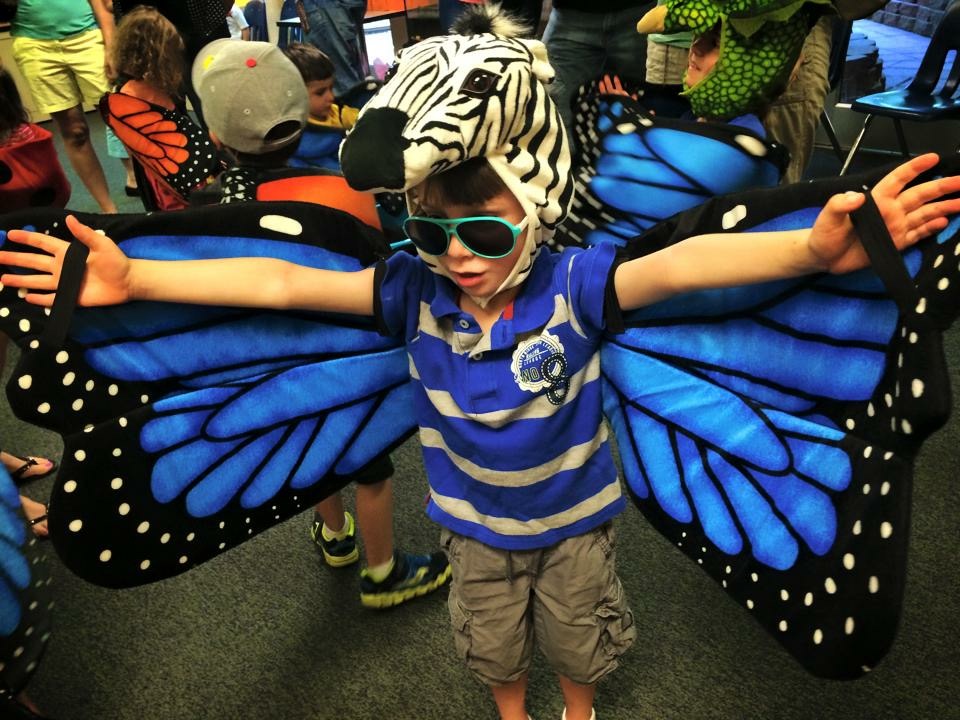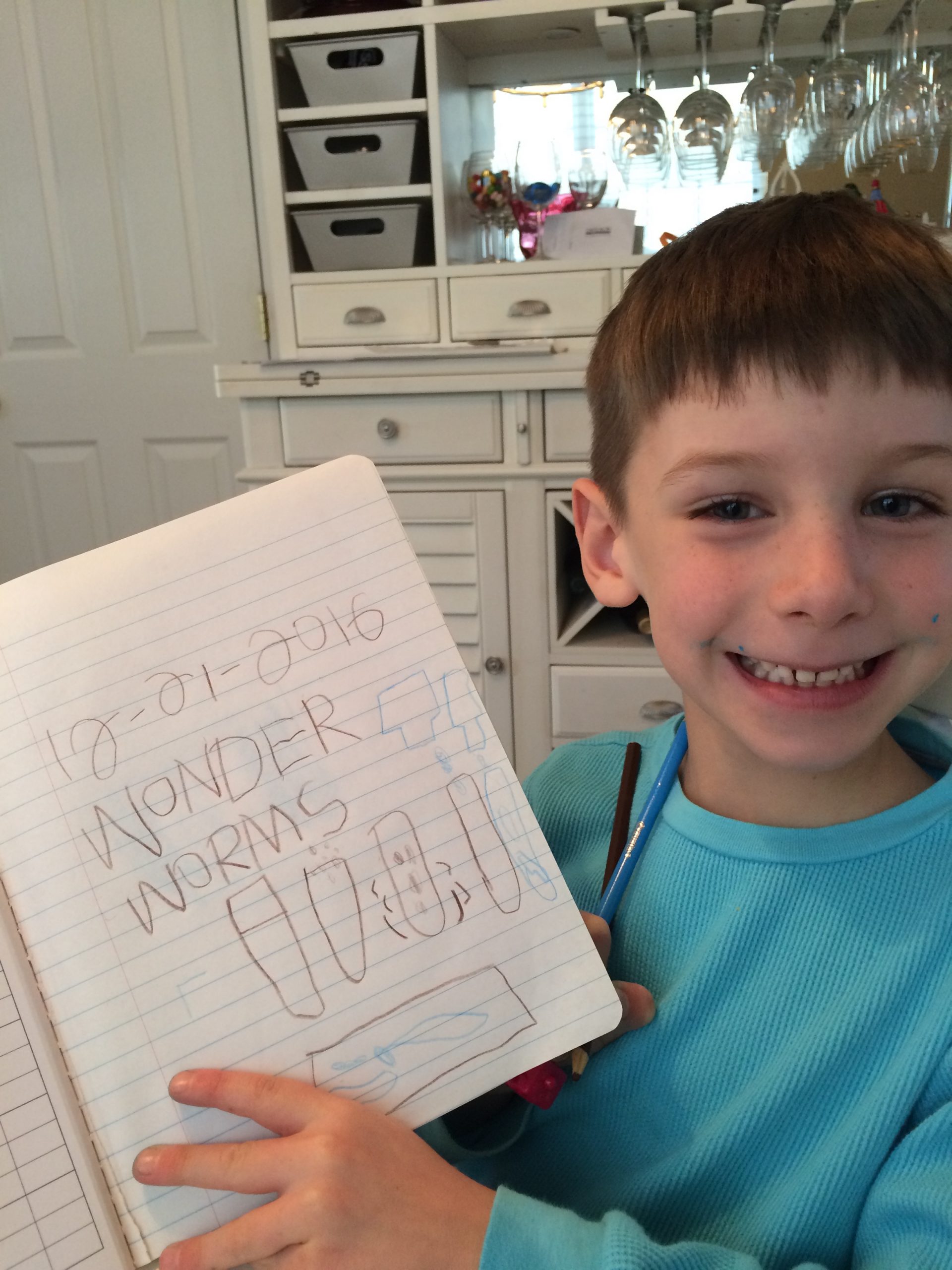Questioning is the quintessential tool teachers use in their facilitation of lessons. Often the process of asking questions precedes the how and why. The role of questioning for instruction is a different concept from the role of questioning in inquiry-based learning. Unlike questioning to guide the process of inquiry, questioning for instruction addresses asking questions to get at higher level thinking. Good questions are the principal element in the development of critical thinking skills. They are open-ended, non-judgmental, meaningful and purposeful and provoke new ideas. Questions encourage collaboration amongst students and teachers and support the learning process thus, What do teachers need to know to develop higher-level questions? became the focus of a study.
The goals in examining the process of effective questioning are:
* Improve student learning
* Know and use a taxonomy
* Develop an operational understanding of Knowledge Dimension and Cognitive Process Dimension
* Use a hierarchy of the Cognitive Process Dimension to create questions for higher-level thinking.
The intended impact of this study was to foster awareness of the types of questions teachers asked in their classroom, as well as the suggested questions from their teaching manuals. Questions have a direct impact on teacher-made tests as well as standardized tests as they support learning.
Upon analyzing recent scores from a standardized test, it was noted that within the reading section, analytical scores were not up to the students’ potential. The students did not apply, analyze, or evaluate in core subjects other than science. An additional concern was with students being placed on the honor role under the auspices of being expected to answer only factual questions on teacher-made tests. Dovetailing on the premise that science was a subject that fostered problem solving through higher-level thinking, the goal was to have the teachers emulate the questioning techniques used by scientists into other disciplines; hoping to raise scores on standardized tests and generate honor role students that were critical thinkers and problem solvers.
It was decided that three sessions could be field-tested in the form of a study group and used as teacher research. Each session was 45 minutes in length at the end of the teaching day. A modified version of Benjamin Bloom’s taxonomy from A Taxonomy for Learning, Teaching, and Assessing by Lorin W. Anderson and David R. Krathwohl was chosen. Building on the premise, from How the Brain Learns by David A. Sousa, that one doesn’t teach the brain to think, what we can do is to teach organization of content to facilitate efficient processing of complex information. Furthermore, Sousa states the use of a taxonomy helps in the organizational process because it is familiar, user-friendly, recognizes the difference between difficult and complex questions, easily implemented, and useful for moving students to higher levels of thinking.
Study Group Session One: The Knowledge Dimension
The first session introduced the Knowledge Dimension. This dimension deals with what we want students to learn. Four posters were placed on the wall, each labeled with one of the four major types: Factual Knowledge, Conceptual Knowledge, Procedural Knowledge, and Metacognitive Knowledge. It was explained that these dimensions were not hierarchical in nature. They are assumed to lie along a continuum of Factual Knowledge being concrete to Metacognitive being abstract with Conceptual and Procedural Knowledge overlapping and sometimes blending.
Teachers were divided into small working groups and given ten questions that were taken from science manuals. The teachers were to work within their group and place each question into one of the four categories posted. After grouping the questions, the teachers were asked to read a question and explain why the question fit into that particular category. The responses were written on the poster. This continued until all questions were discussed.
Example question: What part of the mobile is like the beam? Teachers placed this in the Conceptual Knowledge Dimension because they determined that the there was more than one principle involved. There had to be knowledge of a working system to answer the question. Therefore, this question was leading to knowledge of a science concept.
*It is noted that this study had a co-author and editor – Dr. Joe Sciulli
As a cross-curricular application, the session activity involved the teachers writing their own questions from math manuals on an overhead, sharing out to the group for discussion and placing their question under the appropriate Knowledge category. The teachers discovered that over all, the math questions fell into the Procedural Knowledge category and the science questions fell into Conceptual Knowledge category.
Study Group Session Two: The Cognitive Process Dimension
The main revision to the taxonomy was in the cognitive process. The first thing was in changing the original from Knowledge, Comprehension, Application, Analysis, Evaluation, and Synthesis to Remember, Understand, Apply, Analyze, Evaluate, and Create. The shift was from the noun to the verb (e.g., Analysis to Analyze). The underlying reason for this shift is for the noun to describe the knowledge you are constricting and the verb being the intended process to acquire the knowledge. As an example, “The student will learn to distinguish (the cognitive process) between fiction and non fiction literature (the knowledge)”. The verb distinguish is within the cognitive process category analyze. The noun phrase fiction and non fiction literature is the desired type of knowledge. This is a continuum based on cognitive complexity.
This session was somewhat the same as the first. The hierarchy of Bloom’s taxonomy was displayed. Teachers also received a grid on which both dimensions were provided. They were used to write examples and plot questions. The session began with a review of the Knowledge Dimension, which was once again, posted on the wall to provide a visual. The Cognitive Dimension was presented. Teachers were placed in groups of four and given a set of ten questions (taken from STC, Science and Technology Concepts, modules Sounds and Balance and Weighing) to be placed in the appropriate categories on the hierarchy. Once they completed the grouping, each question was discussed as to where it belonged. With sound reasoning and discussion of the process, the questions were placed in categories according to a consensus.
Example question: What are some ways we can change the volume of sounds?
This was placed in the Remember category. Participants felt that according to the unit on Sound, the teacher would have had the students discuss various ways of changing the volume and therefore, all the students needed to do was recall relevant information.
Next, participants used their math and science manuals to examine types of questions found within various lessons. Lessons in the beginning, middle and end of the manual were selected and placed on a grid. Working in pairs they were to plot their selected question at the point of where the knowledge and the cognitive process dimension intersected.
Results revealed that the majority of the questions to be used for instruction were skewed to Remember and Understand Dimension. The questions plotted under the Evaluate and Create Dimensions were found to be from the extension or enrichment activities. Teachers discussed the reality of doing these activities. This was the part most likely to be skipped due to the intense teaching day. Their feeling was they had to cover curriculum material in a limited time; thus, they were not exposing students to critical thinking skills.
Study Group Session Three Writing Questions
This session began the translation of concepts to application. The story of Goldilocks and the Three Bears was selected because of its notoriety, in addition to being the structure used by David Sousa in examining Bloom’s taxonomy How the Brain Learns by David A. Sousa.
After a recap of the previous sessions and the findings, it was time to write questions. The Knowledge Dimension posters were placed vertically on the wall. The Cognitive Process Dimension was placed horizontally on the wall forming a grid. This represented a large grid similar to the one used by the participants to plot questions in session two. The participants again were placed in small working groups. They were all asked to write a Factual/Remember question on a sentence strip for the story Goldilocks and the Three Bears and post it on the wall. When all were completed, the questions were read aloud by each group, pausing for discussion.
Next, they wrote a Conceptual/Remember question, a Procedural/Remember question, and finally a Metacognitive/Remember question. Again they were posted on the wall next to and under the appropriate category. Each group then read their questions and discussions followed as needed.
Each group was assigned one of the four categories from the Knowledge Dimension and directed to take their original question and build upon through the writing of five more questions, one for each of categories of the Cognitive Process Dimension.This was a laborious task. As they completed their five questions, they were posted on the wall forming a continuum from Understand to Create. The teachers read their questions and discussions followed. The teachers shared that the Factual, under the Knowledge Dimension category was the easiest and Metacognitive was the most difficult.
Study Group Results:
From the questionnaires returned, a prevailing reflection was on the questioning techniques used in their classrooms. The teachers shared their need to ask higher level questions of their students. They wanted more concrete examples using authentic materials and more examples of how to change questions to different levels of the cognitive process.
Research Findings:
A questionnaire was sent to participants of the study group approximately 60 days after the session. Results of the questionnaire indicated that:
Most of the time:
* teachers redesigned classroom questions for higher-level thinking,
* were more aware of the types of questions they asked their students,
* noticed questions having impacted lesson design,
* impacted formative and summative assessment
* became more aware of what their students knew and didn’t know
* noticed questions were more precise to the Knowledge Dimension.
Some of the time:
* they noticed a difference in students’ thinking process because of the use of higher level thinking,
* students were asking each other the higher level questions when working in collaborative groups,
* rewritten/restated manual questions for higher-level thinking.
Evaluations concluded the strengths from the sessions were:
* practicing writing questions
* looking at textbooks
* realizing the importance of varying questions
* exposure to the taxonomy
* analyzing questions and determining the appropriate level
* plotting the questions from manuals
* made teachers reflect about their teaching style and questioning techniques and want to improve
Summary
As action researchers, much was learned. This research was built around a problem faced by a principal. What do teachers need to know to develop higher-level questions? Through evaluating the sessions, more sessions developed. Each session provided new discoveries made by the participants as well as the researchers, both in turn, learning together. Each session’s hands-on experiences were built on the desires of the teachers to learn more and ask more questions. The effectiveness of the process of questioning became evident with the questionnaires and the evaluations.



